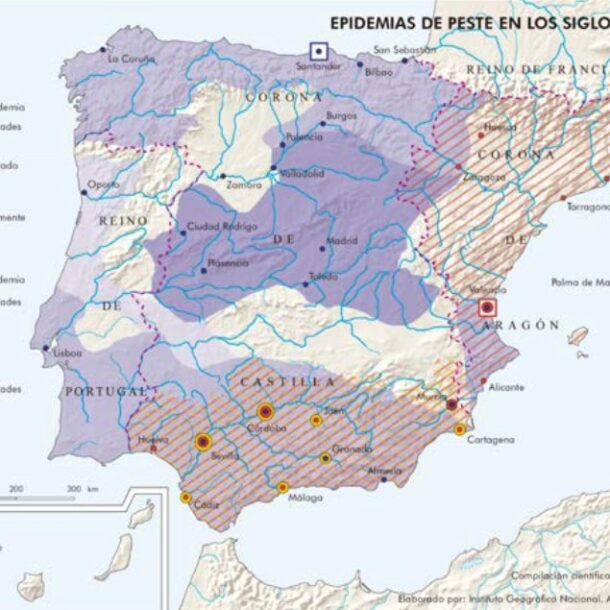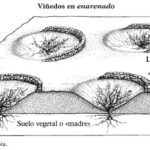
The expansion of vineyards on the island of Lanzarote took place in the mid-18th century. After the episodes of volcanic eruptions in the 1730s, the planting of grapes gained strength on the island with the productive restructuring that took place; the must was boosted and was destined for the production of brandy, which was sold in the American territories of Spain. But what was the system used to make the grapes withstand the climatic conditions? Lapilli”, small fragments of lava thrown up by volcanoes. This material captures the ambient humidity and transfers it to the mantle of the topsoil, providing water in environments with scarce rainfall. The procedure was as follows: they dug holes to plant the vine in the ground and covered the hole with lapilli and, at the top, surrounded the cleft with dry stone to avoid extreme heat temperatures. In this way, vineyards proliferated in Lanzarote, reaching a value of 1,429,491 reales at the end of the 18th century.
Collection: Images
Project: 2. Social and economic impact of technological revolutions in Europe.
Chronology: XVIII
Scope: Secondary Education, Baccalaureate, University
Link: https://dialnet.unirioja.es/servlet/articulo?codigo=3067584
Resource type: Image
Format: Drawing
Source: Macías, A. M. y Morales, G. (2009). "Vulcanismo histórico y cambio agrario en el siglo XVIII. Los enarenados de Lanzarote (Islas Canarias", en Revista Historia Agraria, nº 49, p. 67.
Language: Spanish
Date: 2009
Owner: Pablo Ballesta Fernández (Modernalia)
Copyright: ©Revista Historia Agraria ©Antonio M. Macías ©Guillermo Morales
Abstract: Resource showing how vineyards are planted under adverse climatic conditions with volcanic materials on the island of Lanzarote
Image
Tags







